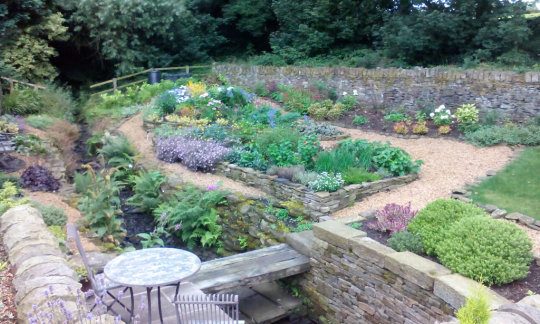Text
Durawash Washing Fastness Print Durability ISO Test Method Colour Fastness Fabric Testing Machinery
youtube
Durawash print durability textile testing equipment colour fastness to washing fabric test machine https://www.roaches.co.uk/textile-testing-equipment/durawash-print-durability-tester
0 notes
Video
youtube
Gravel Gardens - Low Maintenenance Garden Gravel Ideas - Gravel Garden Ideas http://youtu.be/Dm4z6SdNb-I
0 notes
Text
A Brief History of Gardening
Everyone nowadays has a little plot of land they call their garden, and we all like to potter aboutn in it and make it looking nice in our own ways. But have you ever thought about how did gardening as we know it get started? Ans also how did it further develop into the vegetable and flower gardens that we nurture today? This post is just a very brief history of gardening down through the centuries.
Ancient Gardening
The oldest known type of gardening is called forest gardening. This refers to an ancient type of food gardening. As food producing vines and trees were discovered, they began to be cultivated in groups to gain easy access to food. Eventually, these evolved into more elaborate ornamental gardens kept for the wealthiest members of society.
Gardening in the Middle Ages
Ornamental gardening started dying off a bit during the Middle Ages. Most gardens were designed to grow herbs and other plants for medicine after the fall of the Roman Empire. Many of these gardens were maintained around churchyards. Monasteries had gardens to supply both the infirmary and the kitchen.

Later on, some Europeans began to cultivate gardens both for food and for beauty. It was at this time that lawns of grass were planted and raised flowerbeds were used to decorate the surrounding land.
Many gardens began to develop around a central focal point with hedges and plants being built around the middle monument or sculpture.
Elizabethan Cottage Gardens
During this period, it was popular to grow fruit and herb cottage gardens. Since so many were killed off during the Black Death scourge, land was more plentiful and even the poorest laborer could have a little cottage garden. Workers would keep a little plot of land to put their chickens and pigs and grow some food.
Informal 18th Century Gardens
Gardens eventually started to take on a more natural and informal look as time went on. The walls and hedges gave way to rolling hills and no strict edging and borders. English gardens of this period often contained a body of water surrounded by some trees, flowers, and other herbs or food producing plants.
Later it became fashionable to try to stuff as many flowers as possible into a tiny space. These plots termed as "gardenesque" styles eventually began to include rock gardens and gravel gardens also
Gardening has evolved and changed considerably down through the centuries. At times, there was a very formal and architectural nature to gardens, while other times the layout was more free-form and meandering. Sometimes the gardens were strictly for producing food, and other times they were solely ornamental and for bringing pleasure to the observer.
As you can see, gardening has been popular among humans for almost all recorded time. Although the particular styles and methods have changed down through the years, the basics remain the same. People want to have a source of plants near where they live for convenience. Many times this is in order to have easier access to food, but sometimes it's simply to have a beautiful spot near the home to walk and enjoy the sights and smells of nature.
1 note
·
View note